Introduction
Loquats, known scientifically as Eriobotrya japonica, are a delightful fruit native to China but now cultivated worldwide for their sweet and slightly tangy taste. These golden-orange fruits are not only enjoyed fresh but also preserved in various forms, including dried loquats, which offer a concentrated sweetness and a chewy texture that makes them a perfect snack or ingredient in baking and cooking. Drying fresh loquats is a traditional method of preserving them, allowing their natural sweetness to intensify and their shelf life to extend. This guide will walk you through the process of drying fresh loquats, from selecting the perfect fruit to storing the finished product, ensuring you end up with delicious, nutritious dried loquats.
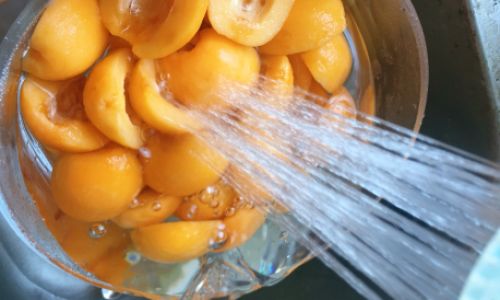
Section 1: Selecting the Right Loquats
The first step in drying fresh loquats is selecting the right fruit. The quality of your starting material will greatly influence the final outcome. Here are some key factors to consider:
-
Ripeness: Choose fully ripe loquats. They should be a uniform golden-orange color with a slightly soft texture when gently pressed. Avoid underripe fruits, which will be too tart and may not dry well, and overripe fruits, which can be too mushy and may fall apart during the drying process.
-
Variety: Different varieties of loquats have varying flavors and textures. Some may be sweeter, while others may have a more tangy taste. Choose a variety that suits your preference. Keep in mind that sweeter varieties tend to dry better and retain their flavor more effectively.
-
Size: While size doesn’t necessarily affect the drying process, smaller loquats can be more convenient to handle and may dry more evenly. Larger fruits can be sliced into halves or quarters to speed up the drying time and ensure even drying.
-
Pesticides and Fertilizers: If possible, opt for organically grown loquats to avoid any potential residue from pesticides or fertilizers. This will ensure your dried loquats are as pure and natural as possible.
Section 2: Preparing the Loquats for Drying

Once you’ve selected your loquats, it’s time to prepare them for drying. This involves cleaning, sorting, and sometimes slicing the fruit.
-
Cleaning: Rinse the loquats under cold running water to remove any dirt, debris, or pesticides. Pat them dry using a clean kitchen towel or let them air-dry on a paper towel. Avoid soaking the loquats, as this can cause them to absorb excess water, which will prolong the drying time.
-
Sorting: Inspect each loquat closely. Discard any fruits that are bruised, moldy, or have soft spots. These imperfections can lead to spoilage during the drying process and affect the overall quality of your final product.
-
Slicing (Optional): If you’re working with larger loquats or prefer dried pieces rather than whole fruits, slice the loquats into halves, quarters, or even thinner slices. Thinner slices will dry faster but may result in a chewier texture. Thicker slices will take longer to dry but retain more of their original shape and texture.
-
Removing Seeds (Optional): If you prefer seedless dried loquats, use a small knife or spoon to gently scoop out the seeds. This step is entirely optional and depends on your personal preference.
Section 3: Drying Methods
There are several methods you can use to dry fresh loquats, each with its own set of pros and cons. The most common methods include sun-drying, oven-drying, and using a food dehydrator.
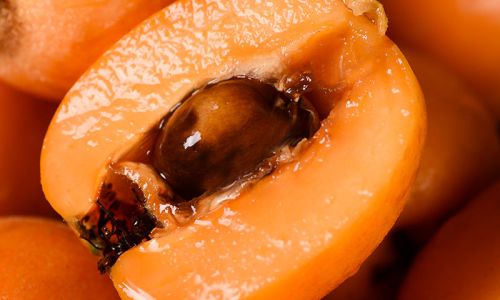
-
Sun-Drying
- Pros: Sun-drying is a cost-effective and eco-friendly method that uses natural heat and sunlight to preserve the fruit.
- Cons: It can be time-consuming and weather-dependent. Rain, clouds, or high humidity can slow down the drying process and increase the risk of mold or bacteria growth.
- Instructions: Lay the prepared loquats on clean, dry mesh screens or trays. Place these in a sunny, well-ventilated area, such as a rooftop or balcony. Turn the loquats occasionally to ensure even drying. Depending on the weather, this process can take several days to a week.
-
Oven-Drying
- Pros: Oven-drying is faster and less weather-dependent than sun-drying.
- Cons: It requires constant monitoring to prevent overcooking, and the low temperatures used can make the process energy-intensive.
- Instructions: Preheat your oven to its lowest setting, typically around 150°F (65°C). Spread the loquats in a single layer on baking sheets lined with parchment paper or silicone baking mats. Leave some space between the fruits to allow for even air circulation. Prop the oven door open slightly with a wooden spoon to improve air circulation. Dry for several hours, checking every hour or so to prevent overcooking. The exact drying time will depend on the size and thickness of the loquats.
-
Food Dehydrator
- Pros: Food dehydrators are designed specifically for drying fruits and vegetables, making the process faster, more efficient, and easier to control.
- Cons: They can be a significant investment for those who don’t plan to use them frequently.
- Instructions: Follow the manufacturer’s instructions for your specific dehydrator model. Typically, you’ll spread the prepared loquats in a single layer on the dehydrator trays. Set the temperature to around 135°F (57°C) and dry for several hours, checking every few hours to ensure even drying. The exact drying time will depend on the size and thickness of the loquats and the specific settings of your dehydrator.
Section 4: Storing Your Dried Loquats
Once your loquats are fully dried, they need to be stored properly to maintain their quality and extend their shelf life.
-
Cooling: Allow the dried loquats to cool completely before storing. This helps prevent condensation, which can lead to mold growth.
-
Airtight Containers: Store the dried loquats in airtight containers, such as glass jars or plastic storage containers with tight-fitting lids. Avoid using containers that can trap moisture or odors.
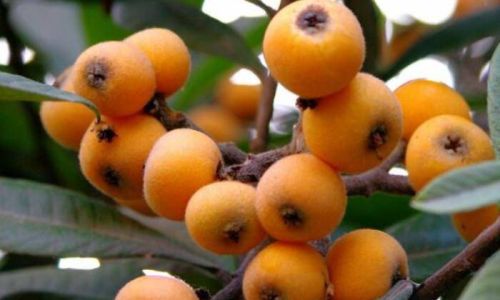
-
Dark, Cool Place: Store the containers in a cool, dark place, such as a pantry or cupboard. Avoid exposing them to direct sunlight or high temperatures, which can degrade the quality of the dried fruit.
-
Moisture Control: If possible, use desiccant packets or silica gel to absorb any excess moisture inside the containers. This helps keep the dried loquats crisp and prevents mold growth.
-
Shelf Life: Properly stored dried loquats can last for several months to a year. Check the containers regularly for signs of mold, discoloration, or a bad odor, which may indicate spoilage.
Conclusion
Drying fresh loquats is a rewarding way to preserve this delicious fruit and enjoy its sweet flavor year-round. By following the steps outlined in this guide, from selecting the right fruit to storing the finished product, you can create delicious, nutritious dried loquats that are perfect for snacking, baking, or cooking. Whether you choose to sun-dry, oven-dry, or use a food dehydrator, the key to success is patience and attention to detail. Happy drying!
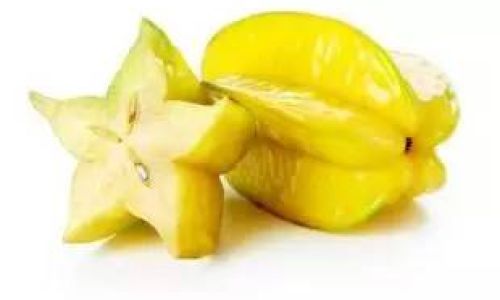
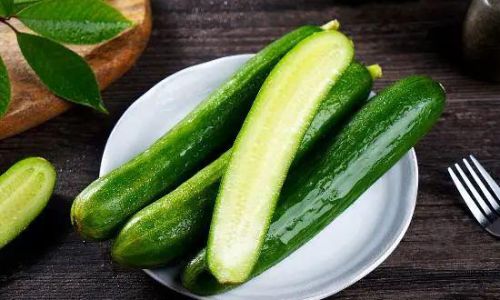
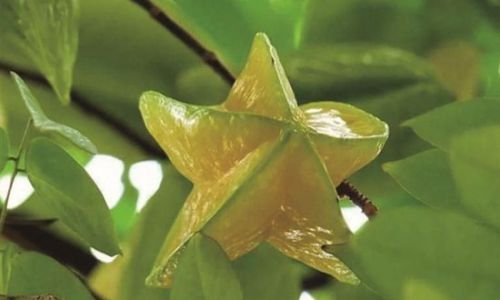
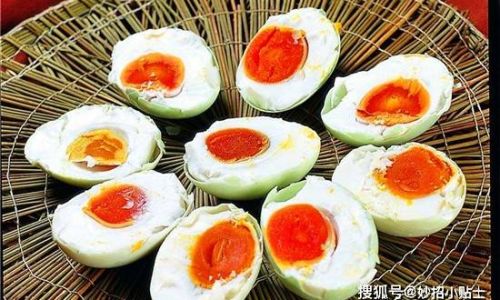

0 comments